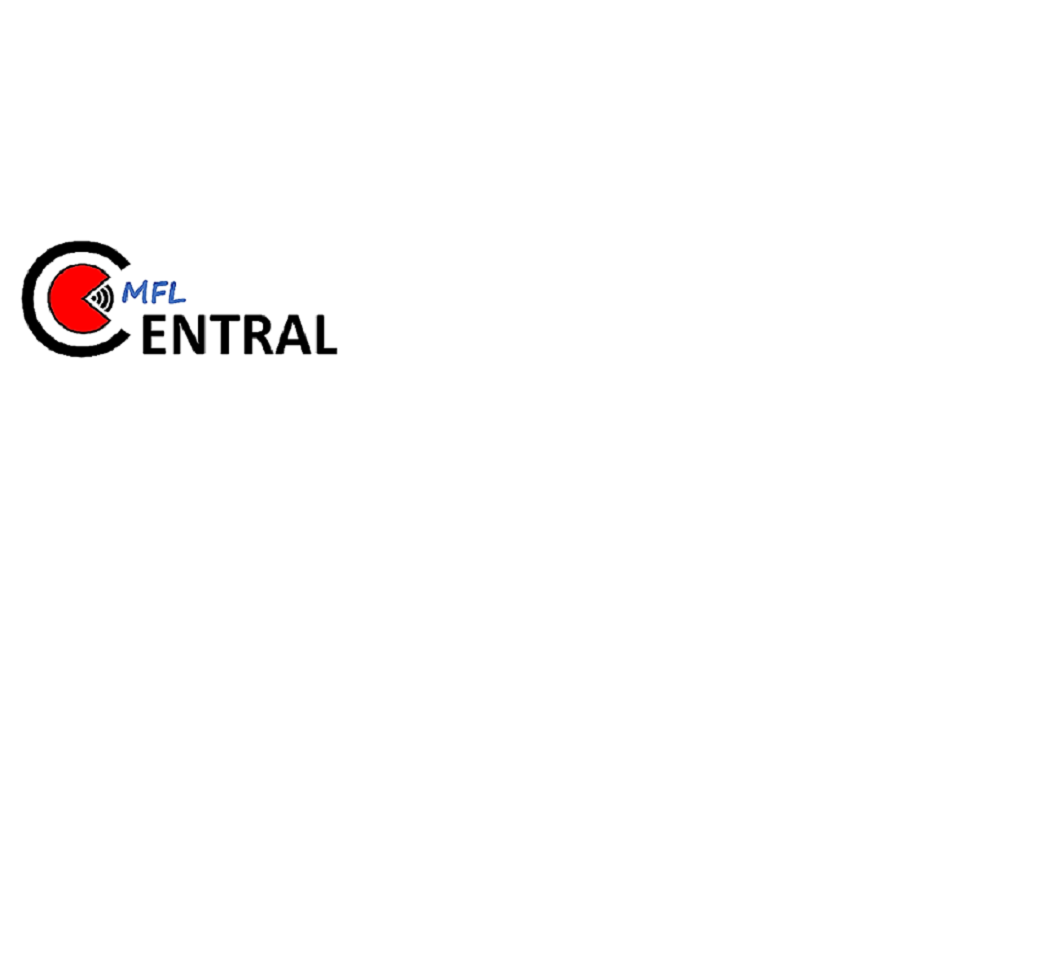Boosting Classroom Success with Teaching Evaluation Strategies
- Gaelle Launay-Hughes

- Sep 17
- 4 min read
Teaching is a rewarding journey, but it also comes with its challenges. One of the most effective ways to enhance learning outcomes is through thoughtful teaching evaluation methods. These methods help us understand what works well in the classroom and where improvements can be made. Over the years, I have found that embracing evaluation not only benefits students but also enriches the teaching experience itself. In this post, I’ll share practical insights and strategies to help you boost classroom success through effective teaching evaluation.
Understanding the Importance of Teaching Evaluation Methods
Teaching evaluation methods are essential tools that provide feedback on instructional practices. They help identify strengths and areas for growth, ensuring that teaching remains dynamic and responsive to students’ needs. When we evaluate our teaching, we create a feedback loop that fosters continuous improvement.
For example, a language teacher might notice that students struggle with pronunciation during oral exercises. Through evaluation, the teacher can adjust lesson plans, incorporate more speaking practice, or use technology to support pronunciation skills. This targeted approach leads to better student engagement and progress.
Evaluation also promotes transparency and accountability. It encourages teachers to reflect on their methods and adapt to diverse learning styles. When done with a warm and supportive mindset, evaluation becomes a powerful motivator rather than a source of stress.

Exploring Effective Teaching Evaluation Methods
There are many teaching evaluation methods available, each with its unique benefits. Choosing the right method depends on your teaching style, classroom environment, and learning objectives. Here are some of the most effective approaches I recommend:
Student Feedback Surveys
These are simple questionnaires that ask students about their learning experience. Questions can cover clarity of instruction, engagement, and areas needing improvement. The key is to keep surveys anonymous and brief to encourage honest responses.
Peer Observation
Inviting a colleague to observe your class can provide fresh perspectives. Peers can offer constructive feedback on lesson delivery, classroom management, and student interaction. This method fosters collaboration and professional growth.
Self-Reflection Journals
Keeping a teaching journal allows you to document what went well and what didn’t after each lesson. Reflecting regularly helps you identify patterns and make informed adjustments.
Video Recording
Recording your lessons can be eye-opening. Watching yourself teach helps you notice body language, pacing, and student reactions that might otherwise go unnoticed.
Assessment Results Analysis
Reviewing students’ test scores and assignments can reveal how well they grasp the material. This data-driven method helps tailor future lessons to address gaps in understanding.
Each of these methods can be adapted to suit different classroom settings and teaching goals. Combining several approaches often yields the best results.

What are the methods of assessment in teaching?
Assessment is a cornerstone of effective teaching evaluation. It measures student learning and informs instructional decisions. Here are some common methods of assessment that I find particularly useful:
Formative Assessment
These are informal checks during the learning process, such as quizzes, class discussions, or quick polls. They provide immediate feedback and help adjust teaching on the fly.
Summative Assessment
These are formal evaluations at the end of a unit or course, like exams or final projects. They assess overall achievement and mastery of content.
Diagnostic Assessment
Used at the beginning of a course, this helps identify students’ prior knowledge and skills. It guides lesson planning to meet learners where they are.
Performance-Based Assessment
Students demonstrate their skills through presentations, role-plays, or practical tasks. This method is especially effective in language learning, where communication skills are key.
Peer and Self-Assessment
Encouraging students to evaluate their own or each other’s work promotes critical thinking and responsibility for learning.
By integrating these assessment methods, teachers can create a comprehensive picture of student progress and tailor their instruction accordingly.

Practical Tips for Implementing Teaching Evaluation Methods
Implementing evaluation methods can feel overwhelming at first, but with a few practical tips, it becomes manageable and rewarding:
Start Small
Begin with one or two evaluation methods that feel comfortable. For instance, try a short student feedback survey after a lesson.
Be Clear and Specific
When collecting feedback, ask focused questions. Instead of “Did you like the lesson?” try “Which activity helped you learn the most today?”
Create a Safe Environment
Encourage honest feedback by assuring students that their opinions are valued and will be used constructively.
Use Technology
Tools like online surveys, video recordings, and digital quizzes can streamline the evaluation process.
Reflect and Act
Evaluation is only useful if you apply what you learn. Set aside time to review feedback and plan changes.
Share Your Goals
Let students know you are committed to improving their learning experience. This builds trust and encourages participation.
Remember, the goal of evaluation is to support growth, not to judge. Approach it with curiosity and kindness.
Enhancing Language Teaching with Teaching Assessment Strategies
Language teaching benefits greatly from targeted evaluation. Using teaching assessment strategies tailored to language learning can help identify specific challenges like vocabulary retention, grammar usage, or pronunciation.
For example, incorporating regular oral assessments can boost speaking confidence. Written quizzes can reinforce grammar rules. Peer assessments encourage collaborative learning and cultural exchange.
I have found that combining formative assessments with performance-based tasks creates a balanced approach. It keeps students engaged and provides multiple ways to demonstrate their skills.
By continuously evaluating and adapting, language teachers can create vibrant, effective classrooms where learners thrive.
Moving Forward with Confidence and Care
Teaching evaluation methods are not just about measuring success - they are about nurturing it. When we embrace evaluation with an open heart and a clear purpose, we create classrooms that inspire and empower.
I encourage you to explore these methods, experiment with what fits your style, and keep the focus on growth. Remember, every step you take towards better evaluation is a step towards richer learning experiences for your students.
Together, we can make language teaching more effective, enjoyable, and impactful.
Happy teaching!













































Comments